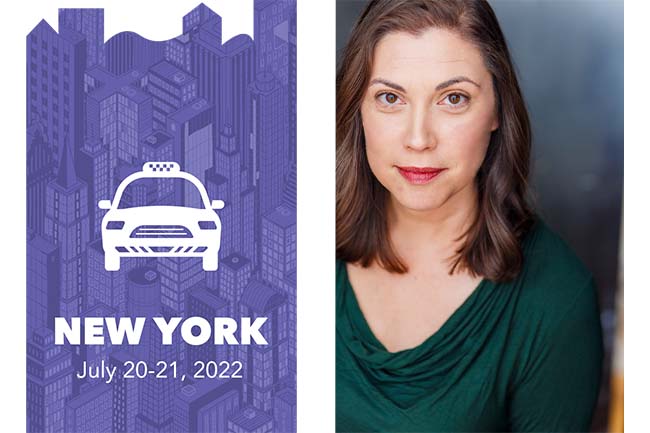Q&A with Lisa Herceg, Director of Business Insights, National Association of Realtors
The National Association of Realtors (NAR) wanted to find out why there is such a big gap between white homeowners and minority homeowners. Lisa Herceg, director of business insights for the NAR, will be speaking on their qualitative and quantitative study to do this at the Quirk’s Event New York in July.
Before then, Herceg answered some of our questions about her session, “Obstacles to home buying by race/ethnicity in a post-COVID-19 market.”
What do you do to prepare before speaking?
I always run a presentation at least four times before giving it, and I do it at least twice on my feet, in my hotel room, in the shoes that I'll be wearing. I also spend a few minutes immediately before doing some stretching and some – quiet – vocal warm-ups. My undergrad degree is in theater arts, and I acted onstage in Chicago for years. The kinds of articulator exercises and deep breathing that you learn in acting classes are hugely helpful and can be done more or less silently if you really don't have a warm-up room before a speaking engagement.
What would be the one thing you would want an attendee to take away from your session?
That in this crazy post-COVID-19 housing market, there are obstacles to all home buyers – but that those obstacles are steeper and different for some demographic groups than for others. And these are all obstacles that need to be addressed to make sure that all Americans have equal opportunities for generational wealth and the pursuit of the American Dream.
What motivated the NAR to do this study?
While the U.S. homeownership rate surged 1.3% to 65.5% in 2020 – the highest annual increase ever – the homeownership rate for white Americans remained significantly higher than the rates for Asian Americans, Hispanic Americans and Black Americans. In fact, the homeownership rate for white Americans in 2020 was almost 30 percentage points higher than the rate for Black Americans: 72.1% vs. 43.4%. This is the widest this gap has been since 1968, when the Fair Housing Act became law. And while Asian Americans (61.7%) and Hispanic Americans (51.1%) achieved decade long highs in homeownership in 2020, there remain gaps in homeownership rates for these two groups in comparison to white Americans. In order to find ways to help close those gaps, NAR needed to determine the obstacles to buying a home for each of these groups, with an eye toward what might be holding back particular groups more specifically.
